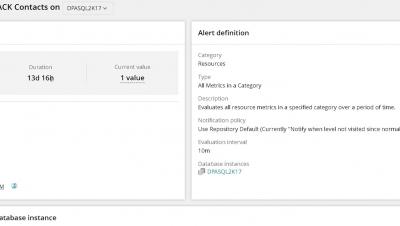How to Assess Current Workloads for a Cloud Migration
Organizations large and small are taking advantage of cloud computing. This can be as simple as leveraging Office 365 or migrating all of their business applications from a data center into the cloud. We’ve all been witness to the explosive growth of cloud applications over the past several years. When organizations start considering migrating business applications to the cloud, there are many considerations, everything from security, compliance, cost, disaster recovery, and more.











